Introduction
Dashi, the cornerstone of Japanese cuisine, is a delicate yet profoundly flavorful broth that forms the basis of countless dishes, from miso soup to ramen and beyond. At its heart lies katsuobushi—dried, fermented, and smoked bonito flakes—which impart a savory umami depth that elevates even the simplest recipes. While store-bought dashi packets are convenient, mastering the art of homemade dashi allows for unparalleled control over flavor and quality. This guide delves into the intricacies of crafting traditional dashi using dried bonito flakes, exploring everything from ingredient selection to advanced techniques for achieving a broth that is both authentic and versatile.
The Science of Umami: Why Dried Bonito Flakes Matter
Before diving into the recipe, it is essential to understand the role of katsuobushi in dashi. Bonito, a species of tuna, undergoes a meticulous preservation process: filleted, simmered, smoked, and fermented with mold, then thinly shaved into flakes. This transformation concentrates the fish’s natural glutamates and inosinates, creating a powerhouse of umami—the fifth taste, characterized by savory richness. When steeped in hot water, these flakes release their essence, creating a broth that is simultaneously light and profoundly flavorful. Unlike Western stocks simmered for hours, dashi’s magic lies in its brevity; overcooking can dull its clarity and vibrancy.
Ingredients: Quality Over Quantity
The success of your dashi hinges on two primary ingredients: katsuobushi and water. Opt for high-quality, vacuum-packed bonito flakes, ideally labeled honkarebushi (true dried bonito), which have undergone the full fermentation process. Avoid cheaper alternatives, as they may lack depth or contain excessive salt. For a nuanced twist, some recipes incorporate kombu (dried kelp), adding mineral complexity. While optional, kombu enhances the broth’s body and is a hallmark of ichiban dashi (first dashi), the most prized iteration.
Equipment: Essential Tools for Precision

- Stockpot or Saucepan: Choose a stainless steel or enameled cast iron pot with a thick bottom to prevent scorching. A 2-quart capacity suits most home recipes.
- Fine Mesh Strainer or Cheesecloth: Essential for straining the broth to remove bonito flakes and achieve a crystal-clear liquid.
- Wooden Spatula: Use this to gently stir the broth without damaging the pot’s surface.
- Thermometer: Optional but helpful for maintaining precise water temperatures, especially for delicate kombu dashi.
- Storage Containers: Glass jars with airtight lids are ideal for preserving dashi’s freshness.
Step-by-Step Guide to Crafting Dashi
Preparing the Base (With or Without Kombu)
For Kombu Dashi (If Using):
- Wipe a 4-inch piece of kombu with a damp cloth to remove debris (do not wash, as this removes beneficial compounds).
- Soak the kombu in 4 cups of cold water for 30 minutes to 1 hour. This hydration softens the kelp, allowing it to release glutamic acid gently.
- Place the pot over low heat and slowly raise the temperature to 140°F (60°C). Maintain this range for 10 minutes to extract maximum flavor without releasing bitterness.
- Remove the kombu just before the water simmers. Overheating will make the broth slimy.
For Dashi Without Kombu:
- Skip the kombu step and proceed directly to heating 4 cups of water.
Infusing the Bonito Flakes
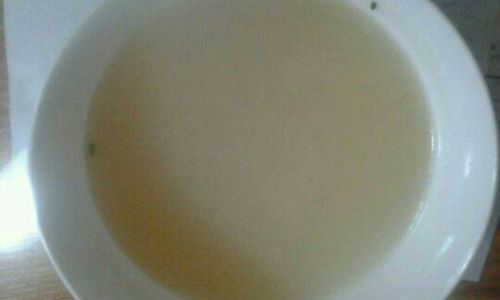
- Bring the water (or kombu-infused water) to a gentle simmer (175°F/80°C). Avoid boiling, as high heat destroys the flakes’ delicate aroma.
- Add 1 cup (10g) of katsuobushi. Stir gently to submerge all flakes.
- Immediately reduce the heat to low. The broth should produce only a few bubbles—a sign of proper temperature control.
Steeping and Skimming
- Allow the bonito flakes to steep for 2–3 minutes. Longer steeping times may yield a stronger flavor but risk bitterness.
- Skim any foam or impurities that rise to the surface using a fine mesh skimmer or slotted spoon. This step ensures clarity.
Straining the Broth
- Remove the pot from heat and let the flakes settle for 5 minutes.
- Line a strainer with cheesecloth or a coffee filter and place it over a bowl. Slowly pour the dashi through the strainer, avoiding pressing the flakes (this releases tannins and cloudiness).
- Discard the spent flakes or repurpose them as a seasoning for rice or stir-fries.
Adjusting and Storing
- Taste the dashi. For a richer profile, repeat the process with fresh flakes using the same kombu (this yields niban dashi, a secondary broth for braises).
- If the flavor is too intense, dilute with water. For added depth, a pinch of salt or a splash of soy sauce can be added post-straining.
- Store dashi in the refrigerator for up to 3 days or freeze in ice cube trays for up to 3 months.
Advanced Techniques and Variations
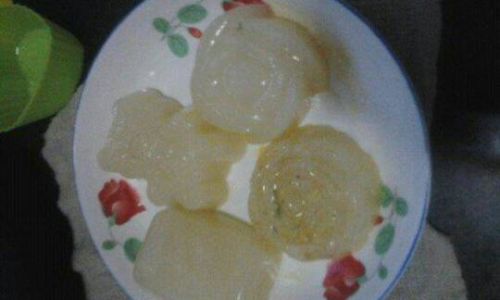
Double-Strength Dashi
For boldly flavored dishes like oden or takikomi gohan, increase the katsuobushi to 1.5 cups (15g) per 4 cups water. Steep for 1 minute to preserve clarity.
Iriko Dashi (Anchovy Dashi)
Combine ½ cup katsuobushi with 1 tablespoon dried anchovies (heads and guts removed) for a briny, seafood-forward broth ideal for noodle soups.
Smoky Dashi
Add a pinch of smoked paprika or a strip of bacon during steeping to introduce a campfire-like aroma.
Vegetarian Dashi
Substitute katsuobushi with shiitake mushrooms and kombu for a plant-based alternative. Simmer 4 dried shiitake and a 6-inch kombu strip in 4 cups water for 45 minutes.
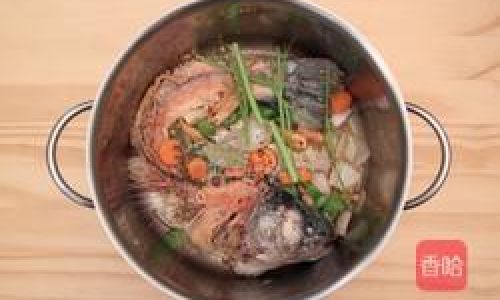
Troubleshooting Common Issues
- Cloudy Broth: Caused by over-agitation or pressing flakes during straining. Use a gentle pour and avoid stirring post-steeping.
- Bitter Aftertaste: Overheating the broth or using low-quality flakes. Stick to 175°F (80°C) and source reputable brands.
- Weak Flavor: Insufficient flakes or steeping time. Increase to 1.25 cups flakes and steep for 3.5 minutes.
Culinary Applications: Beyond the Basics
Dashi’s versatility extends far beyond soup. Use it to:
- Poach fish or vegetables for a subtle marine essence.
- Deglaze pans for pan sauces.
- Replace water in rice cooking for aromatic grains.
- Thicken with miso for hearty stews.
- Mix with mirin and soy sauce for a teriyaki glaze.
The Cultural Significance of Dashi
In Japan, dashi is revered as a reflection of umami no sakimori (the guardian of umami), a testament to the harmony between nature and craftsmanship. Traditional chefs undergo years of training to perfect its balance, recognizing that even a single flake too many can disrupt the broth’s equilibrium. This respect for simplicity mirrors broader Japanese aesthetic principles like wabi-sabi—finding beauty in imperfection and restraint.
Health Benefits and Nutritional Profile
Beyond its culinary appeal, dashi offers nutritional advantages. Katsuobushi is rich in protein, omega-3 fatty acids, and taurine, which supports heart health. Kombu adds iodine, iron, and dietary fiber, making dashi a low-calorie, nutrient-dense foundation.
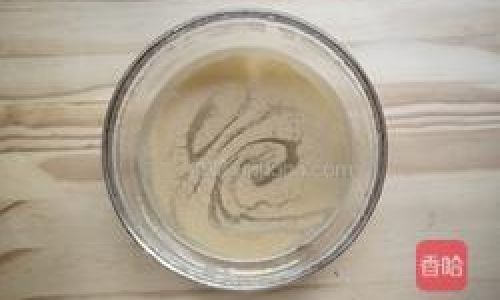
Conclusion: The Journey of a Broth
Crafting dashi is an exercise in mindfulness—a dance between precision and intuition. Each batch tells a story: of the fisherman who caught the bonito, the artisan who aged it, and the cook who coaxes its essence into being. Whether you’re a novice or a seasoned chef, the act of making dashi invites reflection on the alchemy of simplicity. Experiment with ratios, embrace imperfections, and savor the reward of a broth that needs no embellishment. After all, in the words of Japanese culinary legend Shizuo Tsuji, “Dashi is not just a seasoning; it is the soul of Japanese cooking.”
Final Tips for Consistency
- Keep a kitchen journal to track flake quantities, steeping times, and flavor preferences.
- Label jars with the date and dashi type (e.g., ichiban, niban) to avoid confusion.
- Visit Japanese markets to explore regional variations of katsuobushi, such as hanakatsuo (hand-shaved flakes) or kezuribushi (mechanically shaved).
With patience and practice, your dashi will evolve from a mere recipe into a living tradition—one that bridges centuries of culinary wisdom and the quiet joy of the kitchen.
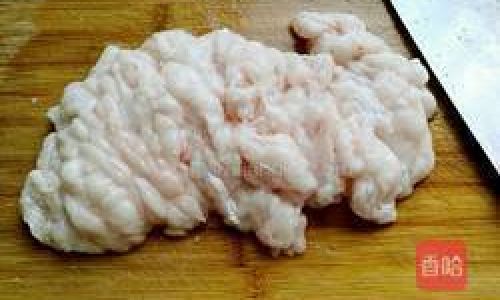
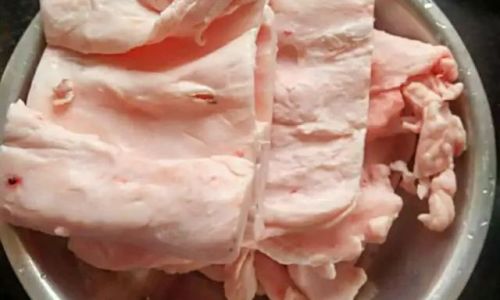
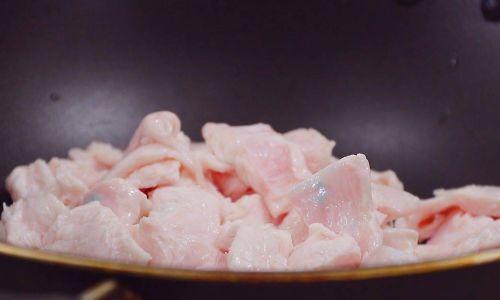
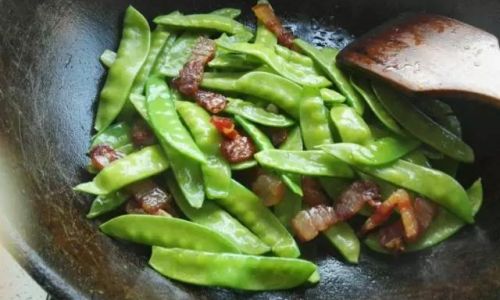
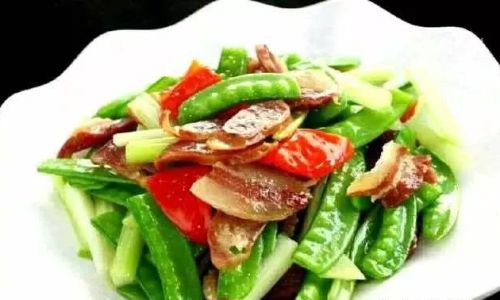
0 comments